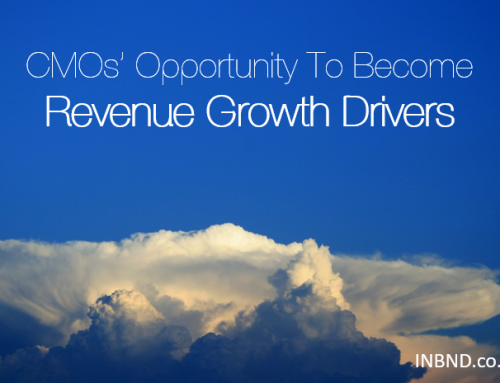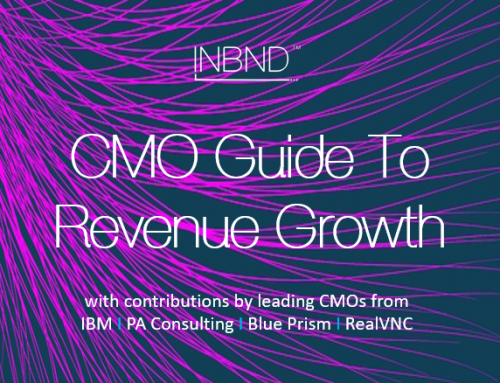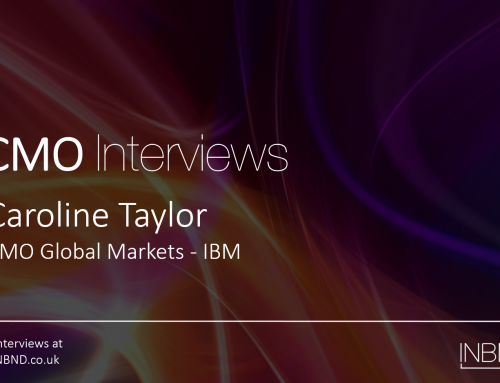I have noticed varying performance of my Linkedin updates, at least when it comes to “views” as counted by Linkedin. This may not have anything to do with the “new Linkedin”, i.e. this is not a post to trash-talk Linkedin. While these finding are entirely unscientific, and perhaps entirely applicable only to my own account, it may be interesting for you nonetheless. Have you ever asked yourself “What gets most views on Linkedin?” We did and we were surpised by the results. I’d certainly be interested to hear about views and performance numbers for your own Linkedin activity.
Below, I have listed the type of updates I post on Linkedin in the ascending order (i.e. posts with least views first, and posts with most views last). As I say, it’s unscientific, so I have picked out the differentiator that is most obvious to me. I’m reasonably consistent with the type and topic for my updates, so I think that topic areas had little impact on these numbers:
- Update to public, contacts & twitter, with a generic image/promo banner
- Update to public, contacts & twitter, with a banner promoting a C-level name and interview
- Update to public, contacts & twitter, with an image of a sporty woman (on topic)
- Update to public, contacts & twitter, with an image of stats/graphs
- Update only to my Linkedin connections, with a question (no image)
- Update only to my Linkedin connections, with a positive message about another company (no image)
There are a couple of remarkable aspects to this list:
- The difference between the posts with the least views (point 1) and the post with the most views (point 6), is a factor of between 10 and 12. The most viewed post had around 12 times more views than the least viewed post
- Generic banners with stock imagery perform worst, which is to be expected. But who’d have thought that the image of a sporty woman outperforms a C-level interview on a business networking site. Posts featuring insight and statistics outperform CxOs and sporty people, which probably reflects the business community’s desire for social currency (i.e. insight nobody else has, with which to justify actions and strategy).
But the most remarkable insight I get from the list is this:
- The two most viewed posts were posted only to my own Linkedin contacts (i.e. not to “public” and not to to the Twitter integration). These posts also didn’t contain any images/banners/video in the post preview. This is remarkable! My posts received more views when I posted to less people! Is there a Linkedin algorithm at work here?
So, how do you get more views on Linkedin? I have no idea. But ask the question “What gets most views on Linkedin?” and I can tell you I seem to be getting more views just by limiting my posts to my Linkedin contacts. Secondly, I need to focus on posting stats and insight, followed by images of people not in business attire.
Feel free to disagree with me. As I said, this is entirely unscientific. But in case you were wondering, at the time of posting I had around:
- 1350 contacts/followers on Linkedin
- 420 followers on Twitter.
How are your Linkedin posts performing for views? Have you tried any of the above? How did that work out for you? Leave your comments below.
This article was first posted on Linkedin.
About INBND Growth Marketing:
INBND provides Growth Marketing Consultancy Services to B2B organisations.
Lev Cribb started INBND to address one big problem: the disconnect between lead generation and sustainable revenue growth. Or in other words, between marketing and sales. He saw too many companies grow inspite of their lead generation efforts, not because of them. INBND brings the passion, expertise and focus to drive change in your organisation. Get in touch today and find out how a modern approach to revenue generation can help accelerate your growth.










